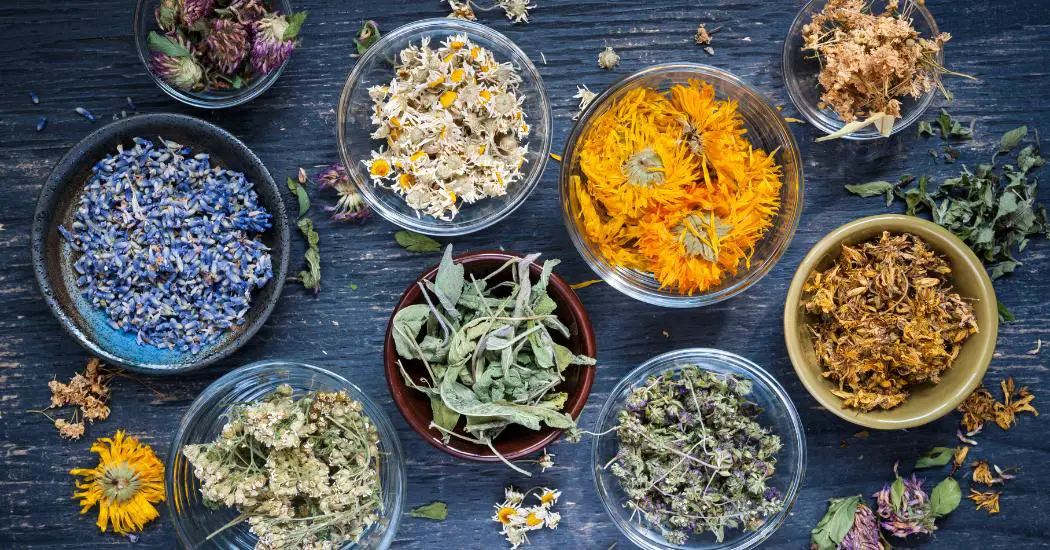Histamine intolerance is a sneaky condition that often goes unnoticed by the medical community. It’s like an unwanted guest at the party that nobody knows how to deal with.
But let’s face it, nobody wants to be stuck dealing with constant headaches, migraines, nausea, vomiting, diarrhea, itching, hives, mood changes, anxiety and other unpleasant symptoms due to histamine sensitivity.
Could certain herbs help control the symptoms naturally? In this article, we’ll discuss some of the best antihistamine herbs for histamine intolerance backed by science.
Some of these herbs you might enjoy through diet, for example, by sipping a cup of herbal tea. But don’t take herbal supplements without consulting your doctor first.
Some herbs can interfere with medications and other supplements. Let’s look at some antihistamine herbs that may be beneficial for histamine intolerance.
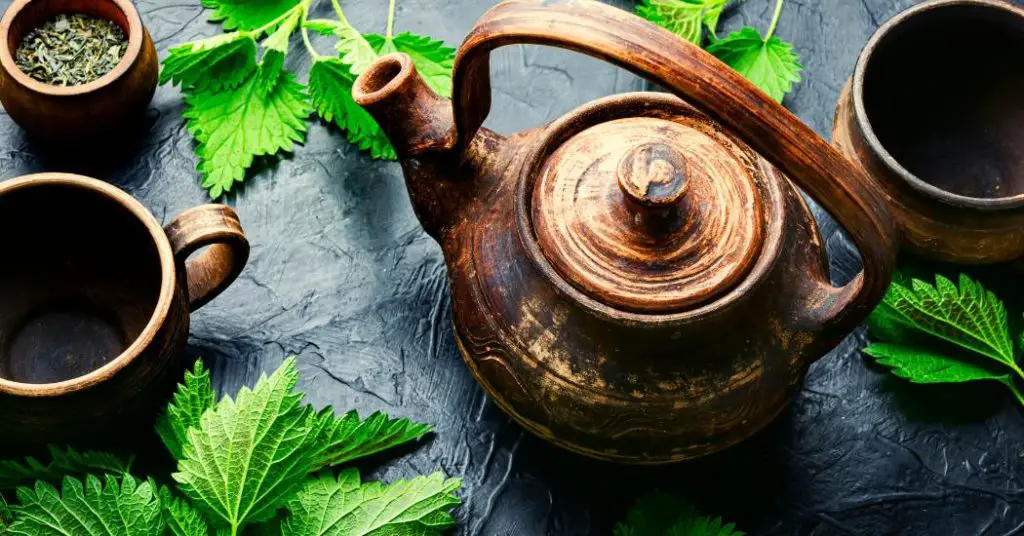
Stinging Nettle
Stinging nettle, also known as urtica dioica, is a plant used for centuries in herbal medicineto treat various ailments. It contains compounds with antihistamine properties, making it potentially beneficial for histamine intolerance and treating seasonal allergies, including hay fever. (1)
Research shows that compounds in stinging nettle block receptors that histamine binds to, thereby reducing its effects. (2) It also blocks an enzyme called tryptase that mast cells release with histamine.
Tryptase helps histamine work better, so reducing tryptase may be beneficial for histamine intolerance.
However, not all studies show benefits. It’s an area that needs more research.
Still, stinging nettle appears safe. You can buy nettle supplements and tinctures, but one of the best ways to enjoy its benefits is by drinking stinging nettle tea.
Plus, stinging nettle leaves and roots contain nutrients, including vitamins A, C, and K. (4) But be aware that stinging nettle can cause side effects, such as a drop or rise in blood pressure or blood sugar and intestinal discomfort.
If you try it, start by drinking a small amount of stinging nettle tea, and see how you respond.
Here’s how to make stinging nettle tea:
Ingredients:
- 1 cup of water
- 1 tablespoon of dried stinging nettle leaves
Instructions:
- Bring one cup of water to a boil in a small pot.
- Add one tablespoon of dried stinging nettle leaves to the water.
- Reduce heat and let the leaves simmer in the water for 3-5 minutes.
- Remove the pot from the heat and let it sit for another 2-3 minutes.
- Strain the tea leaves from the liquid using a fine-mesh strainer.
- Pour the tea into a mug and enjoy!
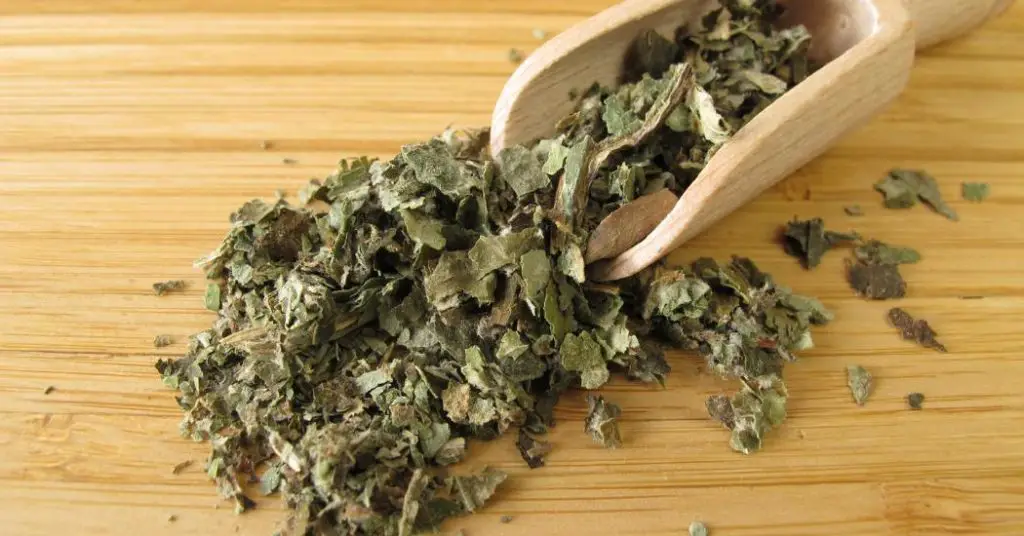
Butterbur
Butterbur is a plant that has been used for centuries to treat migraines and allergies, including hayfever. It contains compounds with antihistamine and anti-inflammatory properties. (3)
You can find butterbur in supplement form in many health food stores.
The recommended dose is typically 50-75 mg twice daily, but always talk to your doctor before starting any new supplements, especially if you’re pregnant, nursing, or have any underlying medical conditions.
One upside of butterbur is most people tolerate it well. However, it’s possible to experience side effects like upset stomach, headache, or drowsiness. If you develop side effects, stop taking butterbur and talk to your doctor.
You can also incorporate butterbur into your diet to get the antihistamine benefits. It’s a good source of some vitamins and minerals, including potassium, vitamin B6, calcium, copper, magnesium, copper, and manganese. (5)
Some people use butterbur in cooking, especially to prepare traditional European dishes. Just be sure you only use butterbur specifically prepared for consumption, as the raw plant can be toxic. One of the biggest concerns with butterbur is that it may contain pyrrolizidine alkaloids (PAs).
These compounds are naturally occurring in some plants, including Butterbur, and have been linked to liver damage and other health problems. (10)
In fact, some studies show that taking butterbur supplements with high levels of PAs can be harmful to the liver over time. You should avoid butterbur if you’re taking medications with anti-cholinergic activity. Talk to your doctor about this.
To avoid these risks, only purchase butterbur supplements certified free of PAs. Look for products labeled “PA-free” or “pyrrolizidine alkaloid-free” to ensure you’re getting a safe and effective supplement.
Avoid it if you’re pregnant or breastfeeding, as its safety in these populations has not been established.
Plus, some people may experience side effects like upset stomach, diarrhea, or headache when taking butterbur, so it’s always a good idea to start with a lower dose and gradually increase as tolerated.
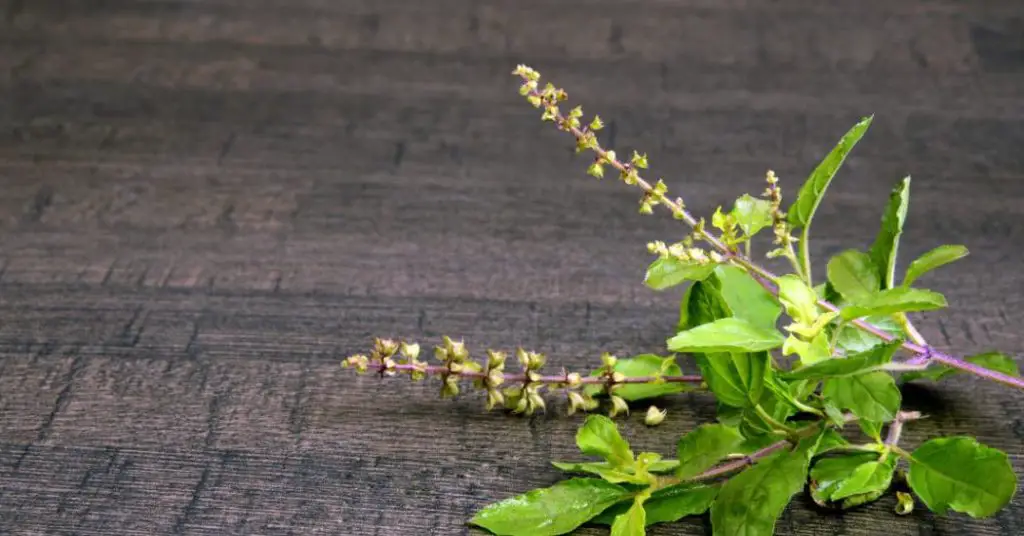
Holy Basil
Also known as Tulsi, holy basil is a sacred plant in Hindu culture and has been used for centuries in Ayurvedic medicine. One of its most impressive benefits of this intriguing herb is its antihistamine effects, making it a potential remedy for managing hay fever symptoms and histamine intolerance.
Holy basil works by preventing mast cell degranulation, which is the process by which histamine is released in response to allergens. (7)
By reducing the amount of histamine released, holy basil helps alleviate the severity of hay fever symptoms and other allergic disorders.
But that’s not all. Some research finds that holy basil affects histamine’s H2 receptor in a way that may benefit histamine intolerance. (7)
However, the studies showing these benefits were carried out in animal models. So, it’s an area that needs more research.
You can find holy basil in supplement form in many health food stores. You can also incorporate it into your diet by using fresh or dried holy basil leaves in cooking or making a tea with them.
While holy basil is considered safe for most people, talk to your doctor before starting any new supplements or herbal remedies. This is especially important if you’re pregnant, nursing, or have any underlying medical conditions.
Along with its antihistamine properties, holy basil has other potential health benefits, stress and anxiety relieving benefits. It may also help support healthy cognition, and balance immune function. (6)
One of the best ways to add holy basil to your diet is to drink Tulsi tea.
To make Tulsi tea:
- Boil 2 cups of water in a saucepan or kettle.
- Once boiling, remove the kettle from heat.
- Add 1 teaspoon of dried Tulsi leaves or 2-3 fresh Tulsi leaves to the water.
- Cover the saucepan or kettle and let the tea steep for 5-10 minutes, depending on how strong you like your tea. Strain the leaves using a fine mesh strainer or tea infuser.
- You can drink the Tulsi tea plain or add honey.
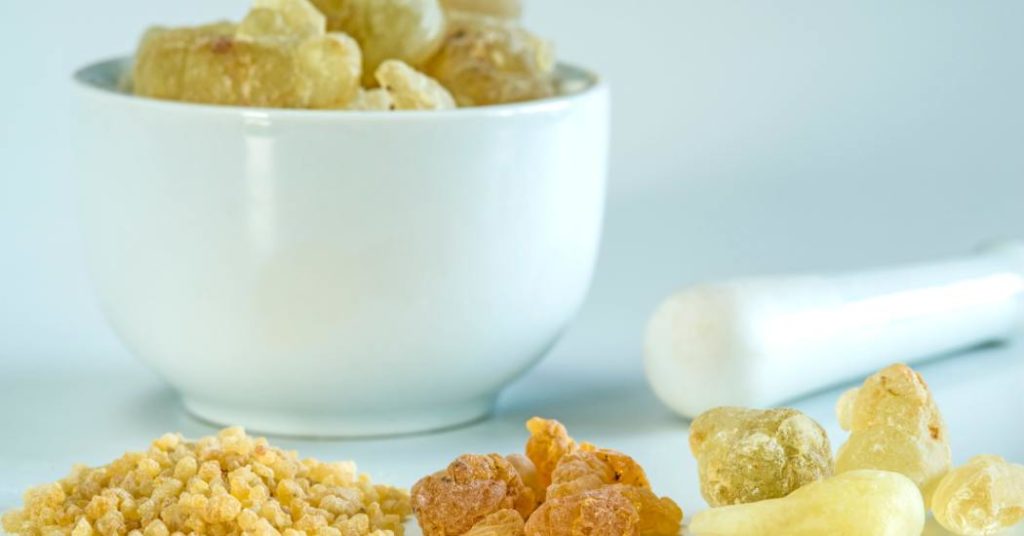
Boswellia
Ayurvedic practitioners have used Boswellia, or Indian frankincense for centuries in Ayurvedic medicine to treat a range of health conditions.
One way Boswellia can help with histamine intolerance is by stabilizing mast cells. (8) These cells release histamine, which can increase your body’s histamine burden and trigger histamine sensitivity symptoms.
By keeping mast cells in check, Boswellia can help reduce the amount of histamine released and ease your symptoms.
But that’s not all .Boswellia may be beneficial for some respiratory conditions. It works by inhibiting a group of chemicals called “4-series leukotrienes,” which can cause inflammation in the lungs and airways. (8,9)
By blocking these chemicals, Boswellia can help improve breathing and reduce symptoms like coughing and wheezing. However, most studies supporting the benefits of Boswellia were carried out in animals.
You can find Boswellia supplements in capsule or tablet form at most health food stores. The recommended dosage varies depending on the brand, but generally ranges from 100-250 mg daily.
As with any supplement, it’s always a good idea to talk to your doctor before starting Boswellia to make sure it’s safe for you.
Talk to Your Doctor Before Using Antihistamine Herbs
While antihistamine herbs can be a natural and effective way to manage histamine intolerance symptoms, remember that even natural remedies are not without risks.
Before starting any new treatment, talk to your doctor or healthcare provider to make sure it’s safe for you.
They can help you understand the potential risks and benefits of different herbs and supplements, and can also help you determine the correct dosage and frequency of use.
Plus, your doctor can help you identify potential interactions with other medications or supplements you may be taking, and can monitor your health to ensure that you’re getting the best possible care.
Now, read about high-histamine spices to avoid with histamine intolerance. Also, find out whether vanilla is low histamine.
References:
- Jan, Khan Nadiya. “Stinging Nettle (Urtica Dioica L.): A Reservoir of Nutrition and Bioactive Components with Great Functional Potential.” Journal of Food Measurement and Characterization, vol. 11, no. 2, June 2017, pp. 423–33, doi:10.1007/S11694-016-9410-4.
- Roschek B Jr, Fink RC, McMichael M, Alberte RS. Nettle extract (Urtica dioica) affects key receptors and enzymes associated with allergic rhinitis. Phytother Res. 2009 Jul;23(7):920-6. doi: 10.1002/ptr.2763. PMID: 19140159.
- “Butterbur for Migraine Attacks: Does It Help? – Healthline.” 07 Jul. 2021, https://www.healthline.com/nutrition/butterbur-for-migraines.
- “6 Benefits of Stinging Nettle (Plus Side Effects) – Healthline.” 16 Feb. 2023, https://www.healthline.com/nutrition/stinging-nettle.
- Jan, Khan Nadiya. “Stinging Nettle (Urtica Dioica L.): A Reservoir of Nutrition and Bioactive Components with Great Functional Potential.” Journal of Food Measurement and Characterization, vol. 11, no. 2, June 2017, pp. 423–33, doi:10.1007/S11694-016-9410-4.
- Jamshidi N, Cohen MM. The Clinical Efficacy and Safety of Tulsi in Humans: A Systematic Review of the Literature. Evid Based Complement Alternat Med. 2017;2017:9217567. doi: 10.1155/2017/9217567. Epub 2017 Mar 16. PMID: 28400848; PMCID: PMC5376420.
- “Internet Scientific Publications”. 2023. Ispub.Com. http://ispub.com/IJPHARM/7/1/6038.
- Pungle P, Banavalikar M, Suthar A, Biyani M, Mengi S. Immunomodulatory activity of boswellic acids of Boswellia serrata Roxb. Indian J Exp Biol. 2003 Dec;41(12):1460-2. PMID: 15320503.”Boswellia: Uses, Dosage, Side Effects, and More – Healthline.” 06 Oct. 2018, https://www.healthline.com/health/boswellia.
- “Boswellic acids: A leukotriene inhibitor also effective through topical ….” 20 Jun. 2008, https://www.sciencedirect.com/science/article/pii/S0944711307002917.
- “Butterbur – StatPearls – NCBI Bookshelf.” 18 Sept. 2022, https://www.ncbi.nlm.nih.gov/books/NBK537160/.

